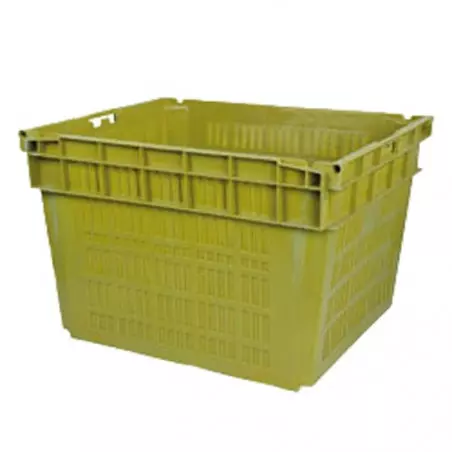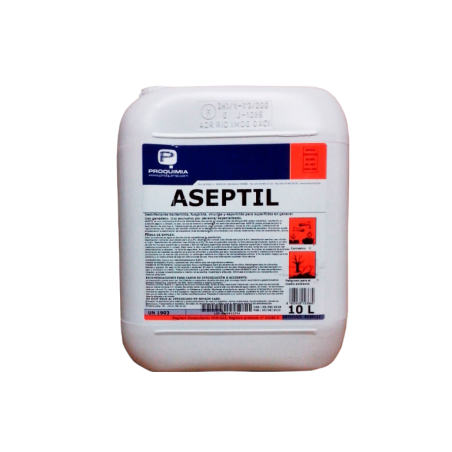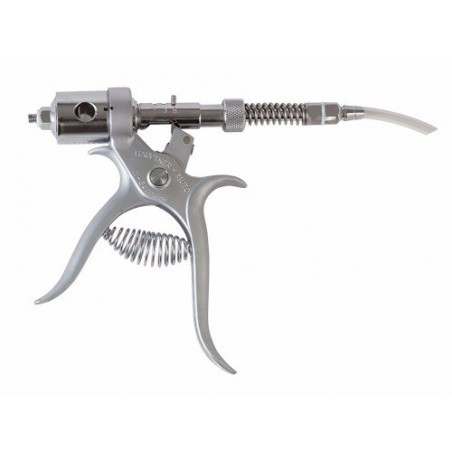A sampling technique has been validated to monitor porcine reproductive and respiratory syndrome virus 2 (PRRSV-2) using the serosanguinous exudate known as processing fluids (PFs) that accumulate from tissues obtained during tail docking and castration. PFs are an aggregate sample of large numbers of piglets and litters. However, little is known about the effect of litter aggregation on the ability of PCR to correctly classify an aggregated PF sample as positive. We evaluated both the effect of litter aggregation and of PF pooling on PCR detection.
We estimated that aggregation of at least 50 litters was possible when a pig with a Ct value of ~22 was present in the sample, and aggregation of up to 40 litters was possible when there was a sample with a Ct value of ~33. Pooling did not affect PCR detection when initial Ct values of 20 and 25 were assessed. However, in litters with initial Ct values of ≥30, the amount of pooling should be reduced.

Our results provide producers and practitioners with a general framework to interpret more accurately the results of their PRRSV-2 surveillance programs using PF.
Vilalta C, Baker J, Sanhueza J, Murray D, Sponheim A, Alvarez J, Sylvia F, Polson D, Torremorell M, Corzo C, Morrison RB. Effect of litter aggregation and pooling on detection of porcine reproductive and respiratory virus in piglet processing fluids. J Vet Diagn Invest. 2019 Jul. https://doi.org/10.1177/1040638719852999









